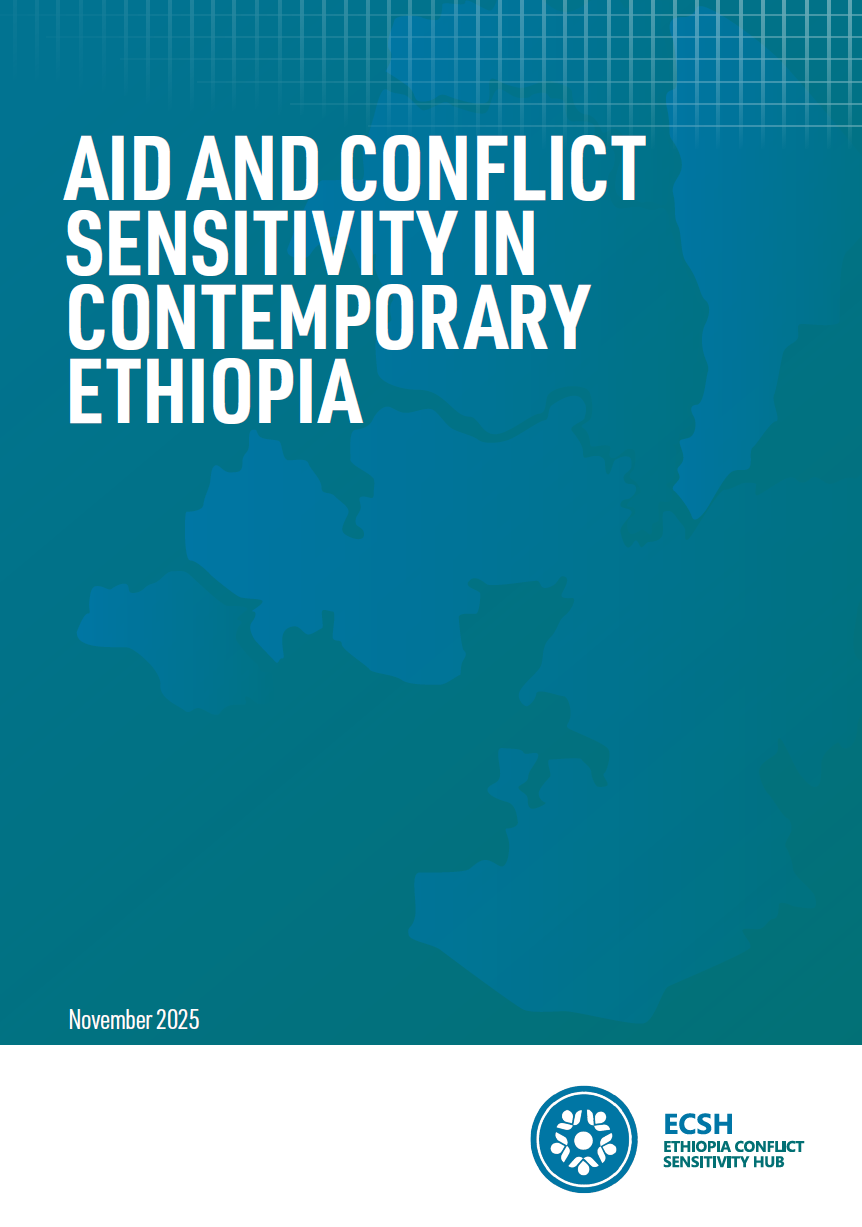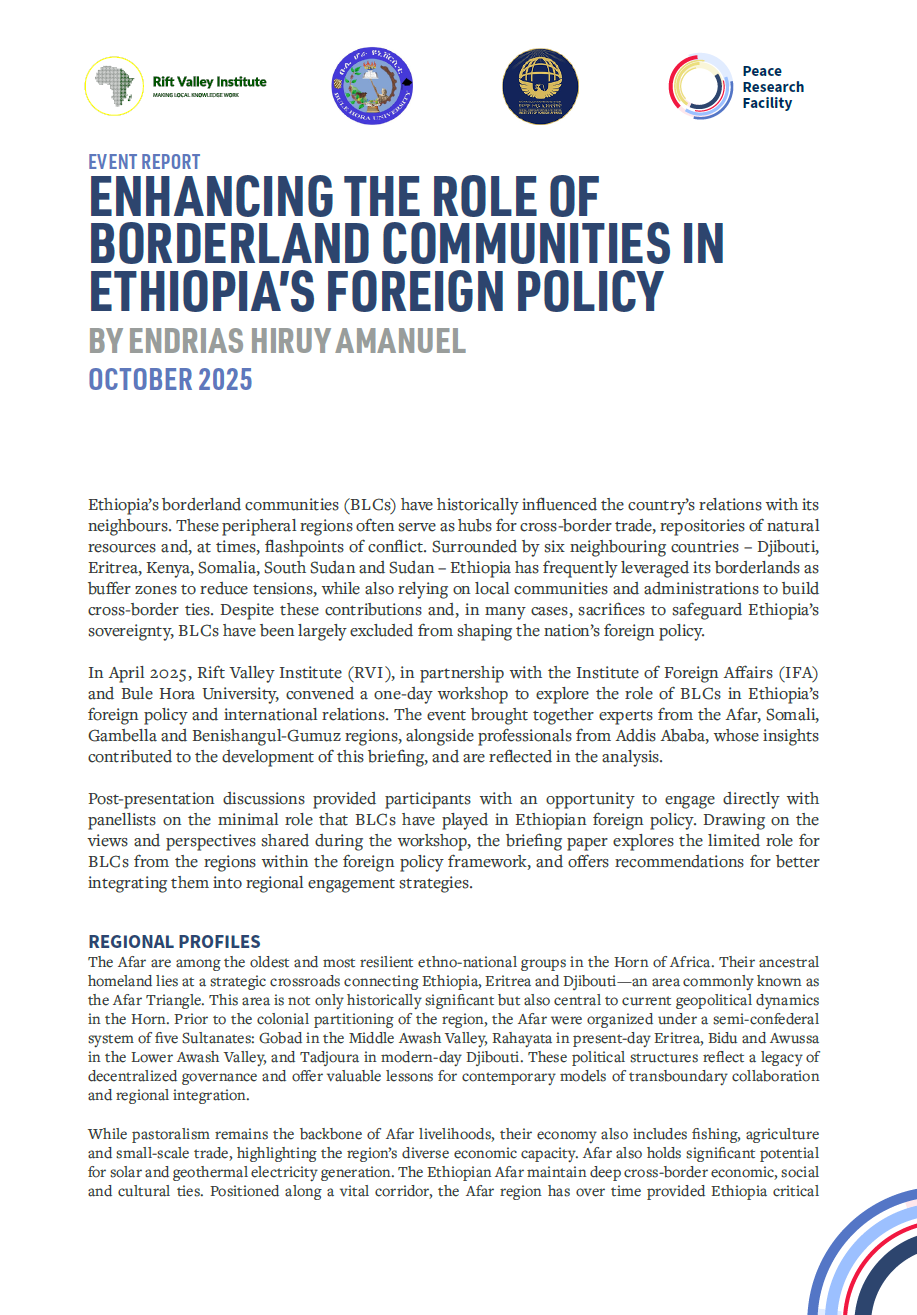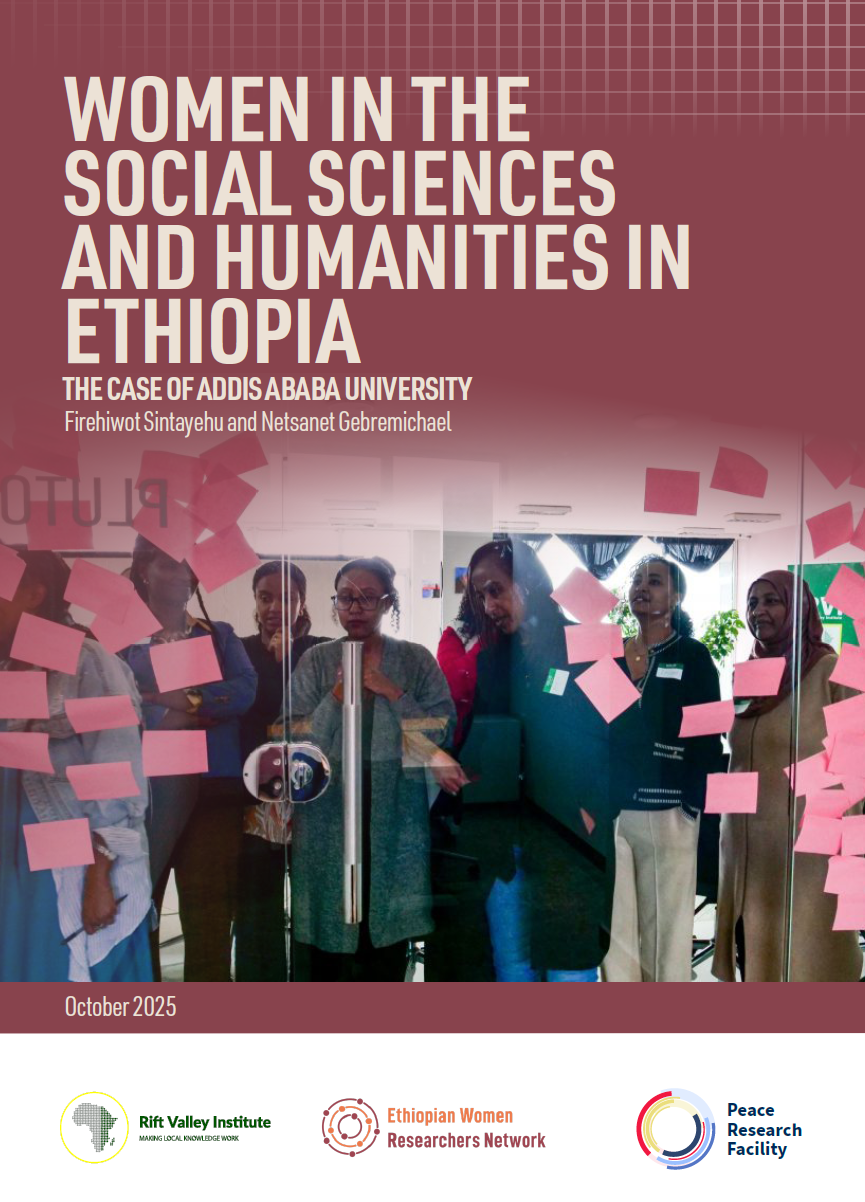This blog post first appeared on the Mipakani Project website (www.mipakani.net). The Mipakani Project is an open-access knowledge base covering development initiatives in the border areas of eastern Africa. It was written by Liz Mahiri. Liz is a Programme Officer at the Rift Valley Institute in Nairobi and the Project Coordinator for the Mipakani Project.
‘We first heard about it early last year when we saw Japanese airplanes, followed by strangers (land surveyors) walking around the area, carrying notepads, pens and fancy equipment, just like you’ say community members of Isiolo County about the Lamu Port-South Sudan-Ethiopia (LAPSSET) Transport project.
Awareness of LAPSSET seems to be extremely limited in Isiolo, despite the fact that the project has, over the past couple years, been making headlines as one of Africa’s biggest mega-infrastructural projects.
The project is planned to deliver a road network, railway lines, crude and product oil pipelines, that will traverse across the region connecting Kenya, Ethiopia and South Sudan. Airports and resort cities, an oil refinery, and a 32-berth port in Lamu are also in the plans.

Isiolo is one of three counties, alongside Lamu and Turkana, that will experience almost all of LAPSSET’s major subprojects including railway lines, highways, crude and product oil pipelines, an international airport and a resort city.
Isiolo is also uniquely positioned as a central point for LAPSSET, both geographically at the center of Kenya and as a meeting point where many of the project’s infrastructural trajectories crisscross as they make their way to the north and south of Kenya and beyond it’s borders.

Despite the promises of LAPSSET’s transformative potential in this marginalized community, residents can’t help but feel a sense of anxiety about its untold negative consequences.
‘While the community welcomes development, we do not know exactly how these developments will happen,’ says Muhamed Guyo, a livestock owner in Isiolo.
Like Guyo, most residents here are livestock herders who move from land to land depending on seasonal rain patterns to find optimal grazing sites for their animals.

Another livestock owner, Kailichi, explained that ‘here in Isiolo, the grazing lands have no borders, people depend on this open land plan to graze their animals.’
It is this nomadic, pastoral, and communal nature of land use in the region that has been placed at risk by LAPSSET’s path through Isiolo.
Consequently, the biggest source of this community’s anxiety with LAPSSET is, undoubtedly, the possibility of displacement without compensation.
‘We don’t know if we will be compensated, or if the land will be declared public land for the government to do what it wants,’ says Kailichi.

Community members claim that engagement from the government and other LAPSSET officials is sporadic and usually takes place in the form of closed-door meetings with selected officials and representatives who rarely relay this information back to the people.
‘We want to be shown where these developments will take place, and how,’ says Muhamed Ali.
The community members insist that a solution must be based on better communication about LAPSSET as well as on educational empowerment in order to understand and deal with the complexity and consequences of the changes to come.
They also want investigations to be conducted to ensure that compensation is rightfully distributed to those who will suffer the most.



